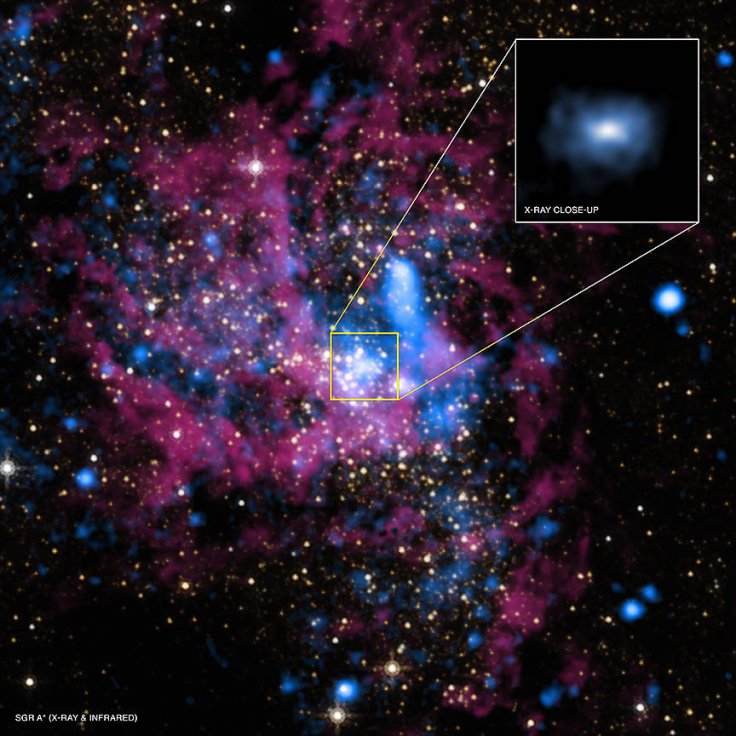
Researchers at the Australian National University (ANU) in Canberra has spotted a star heading out of the Milky Way at a mindblowing speed of 1,700 kilometres per second, after an encounter with a supermassive black hole at the centre of the galaxy. Considering the current speed of the star, it will leave the galaxy in another 100 million years, and will then continue its journey through the intergalactic space. This star has been named S5-HVS1, and it is the third fastest star ever measured.
Scientists have previously speculated that the impact of black holes could fling stars out of the galaxy at neck-breaking speed. However, this is for the first time that astronomers have observed such an event. Gary Da Costa, a scientist at the ANU revealed that this new observation where a star gets flung out of the galaxy is pretty exciting. They have named this phenomenon Hills Mechanism after astronomer Jack Hills proposed the possibility of such a scenario around 30 years ago.
"This star is travelling at record-breaking speed, 10 times faster than most stars in the Milky Way, including our sun. In astronomical terms, the star will be leaving our galaxy fairly soon and it will likely travel through the emptiness of intergalactic space for eternity," said Da Costa, CNN reports.
As the star continues the journey through the intergalactic space, it will eventually end up as a white dwarf like the sun, and will not have any neighbours.
The research report which is now available in the Monthly Notices of the Royal Astronomical Society revealed that the celestial body which is now going out of the galaxy was once part of a binary star system that had ventured extremely close to Sagittarius A, the black hole located at the centre of the galaxy. It should be noted that this supermassive black hole has a mass equivalent to four million suns.
A few months back, another study conducted by a team of astronomers had suggested that a giant explosion had happened in the centre of Milky Way around 3.5 million years ago. It should be noted that the explosion was so powerful and it sent a cataclysmic energy flare across the galaxy.









